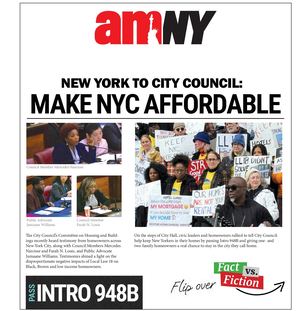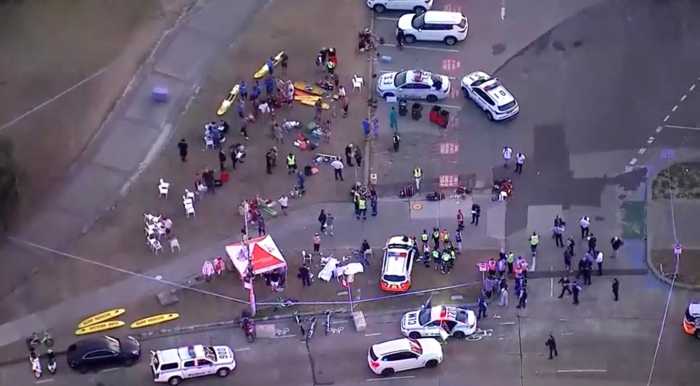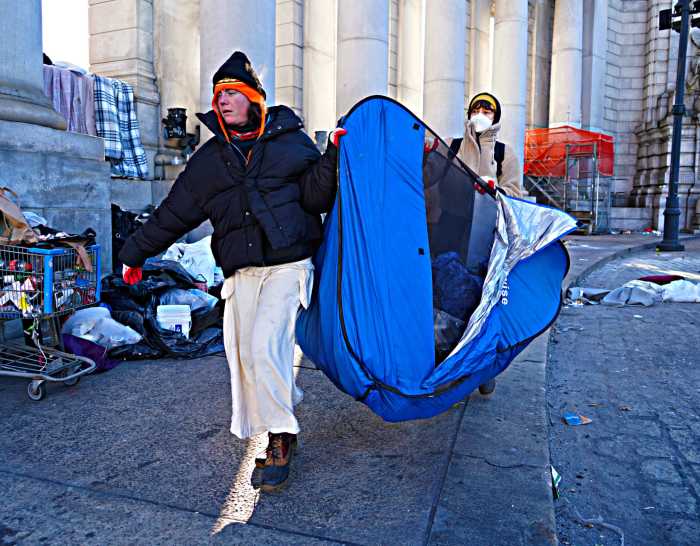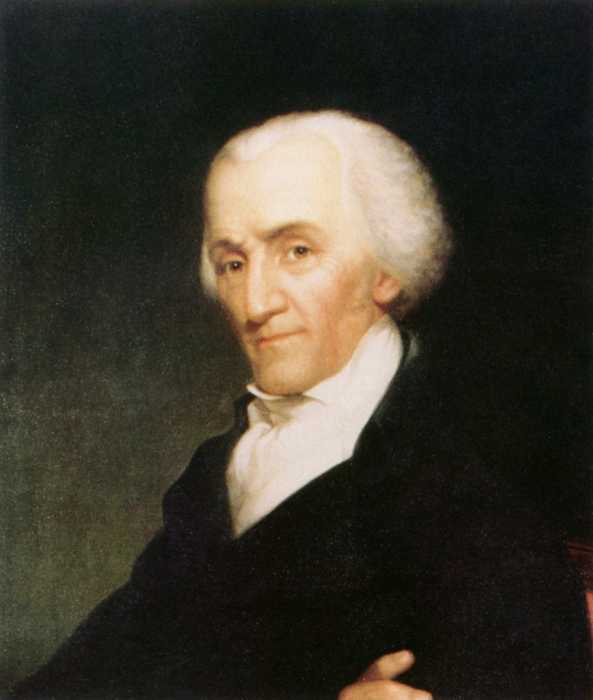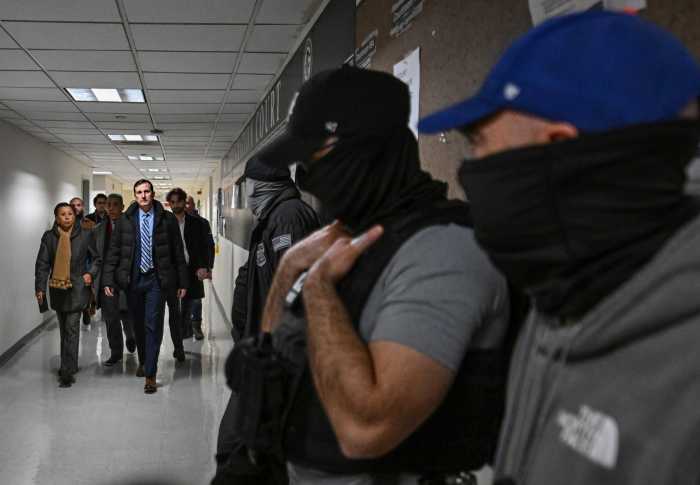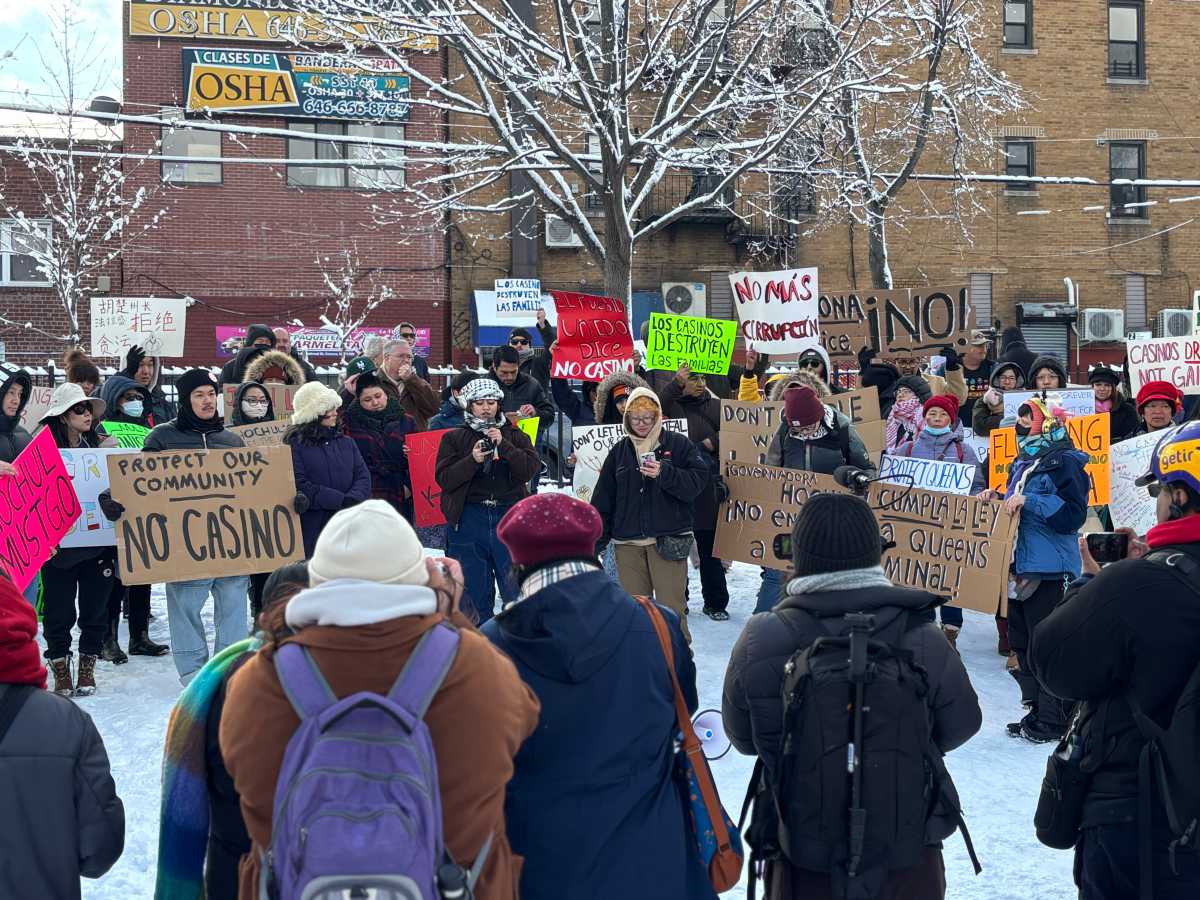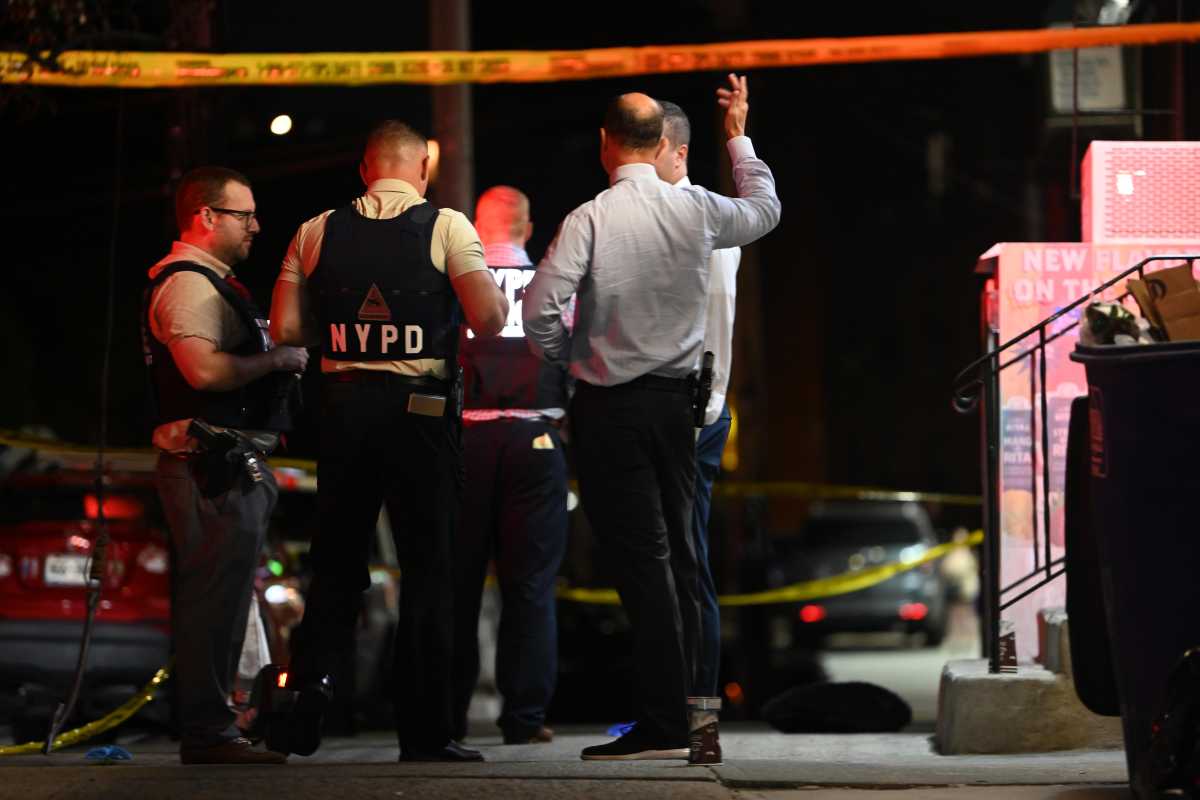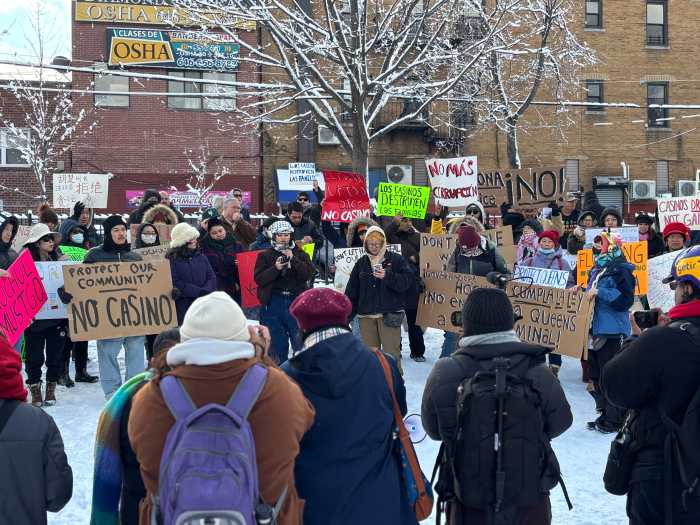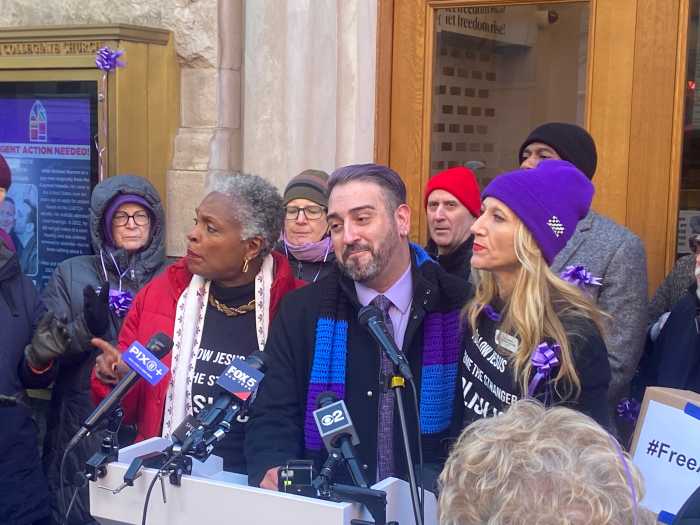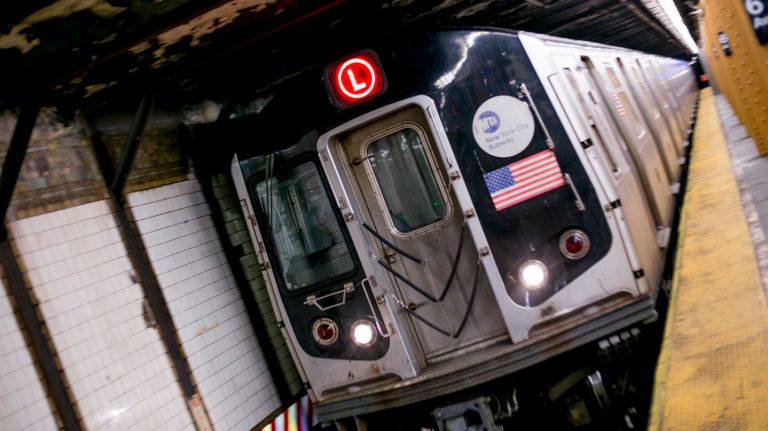
The L train provides nearly half a million rides a day, an indispensable service. The mighty line, with its modern signaling, swiftly moves a river of people. Yet service between Brooklyn and Manhattan, the vital link under the East River between two boroughs, will be slashed for 15 months to repair damage from Superstorm Sandy. Work is scheduled to start in April 2019.
The MTA and NYC Department of Transportation have a joint plan to mitigate the misery. The public authority and the city agency have sketched out some L-train substitutes, including more frequent buses, ferry service, more bike and bus lanes, and vehicle restrictions on the Williamsburg Bridge, which traces the same route above the river.
These are good first steps. But the plans so far must be only the minimum. As much as 80 percent of typical L riders will move to nearby subway service, a staggering flood of people to be jammed into already-crowded lines. To accommodate them, the MTA has proposed longer G and C trains and extra service elsewhere. It’s not enough.
Buses will be another big component, hopefully able to move faster than usual thanks to more bus lanes and restricting cars with fewer than three riders on the bridge. But the vital proposed “busway” along 14th Street, which includes a bus lane and restrictions to traffic during rush hour, must actually be a speedway for buses for more than just that brief period. Commuters rely on the L train to get to work and play almost 24/7. Additionally, the plan needs work on the edges. Proposals for bus and bike infrastructure on the Brooklyn side are still only in their infancy.
But there are encouraging signs.
Some smart infrastructure improvements, including bike lanes on 13th Street, are expected to be permanent. The MTA and the city also seem to be cooperating so far, crucial for multifaceted solutions and not always a given for the sprawling bureaucracies. Work is scheduled to start early on some changes, so there will be time to work out kinks before service stops. Both big agencies must look for ways to do more sooner. To keep the city running, when riders lose something of this magnitude, they need to get something in return.
